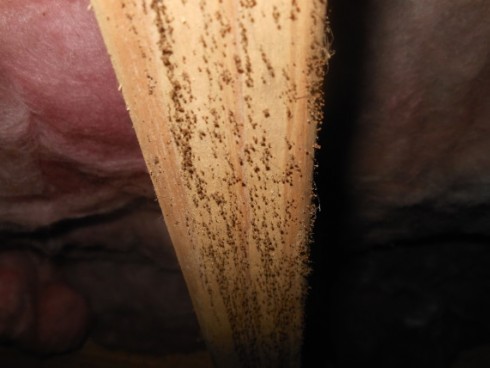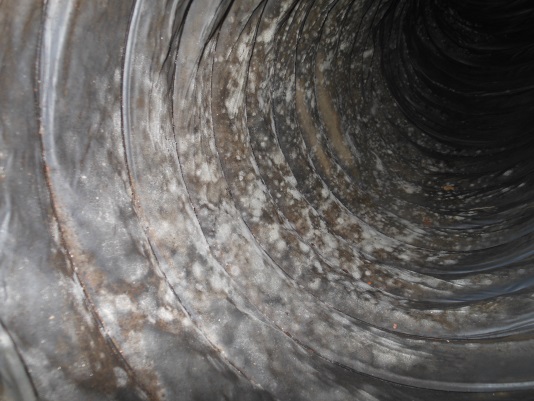Six Important Things You Should Know About Mold Inspections
- Mold inspections need to be performed by a qualified mold inspector who has formal training and experience with mold inspections. Training and experience are necessary.
- Mold inspections should look for evidence of past or current mold growth. Past mold growth may indicate a water problem which will come back when certain conditions return such as a recurring leak. Past mold growth may also cause sensitized individuals to have an allergic reaction or, conceivably, cause some individuals to start becoming sensitized to mold.
- Mold inspections should look for mold within the building, inside walls, and in other areas where mold growth is undesirable, including areas where mold growth could be causing structural issues such as wood decay in crawlspaces.
- Some mold growth in buildings may be perfectly normal. For example, Ceratosystis and Ophiostoma are two molds that grow on lumber (sometimes referred to as lumber yard mold) and are frequently found growing on two by fours or other structural framing within buildings. These molds grow on the sap of wood and stop growing once the wood has dried. Although they cause black staining on the wood, they do not cause any structural issues. If black staining is found on wood, the mold inspector can take a sample and send it to the mold testing lab for analysis to determine if it is one of these molds.
- It is very important (and some would say essential) that the mold inspection look for sources of moisture. Water is essential for mold growth. Without a source of water, you will not have mold growth. Consequently, if there is mold growth, it must be associated with a source of moisture. If this source of moisture is not found and eliminated, the mold growth will return and remediation efforts are of negligible long term value. The importance of looking for sources of moisture cannot be overstated and must be included.
- Mold inspections are a subset of investigations called “Indoor Air Quality” (IAQ) investigations. These investigations look at the broader question: “What irritants are present in the air causing discomfort to the occupants?”
If you are having a mold inspection because you feel ill when you are in a certain building or room, you might consider whether other irritants may be causing the discomfort and include these in the investigation.

